Trichloroethylene Detection
Trichloroethylene Oxide Detection – Portable gas detection from a1-cbiss for the detection of Trichloroethylene
CAS Number: 79-01-6
STEL: 150ppm
TWA: 100ppm
Properties
Trichloroethylene (C 2HCl 3) is very volatile and in its liquid state at normal temperatures.
Dangers
Trichloroethylene irritates eyes, nose, and throat while repeated skin contact may cause dermatitis. Headache, dizziness, nausea is caused when it absorbs water vapour and it may even cause liver damage. In addition, nausea, diarrhea, hepatic disorders, etc. can occur if trichloroethylene is swallowed.
Where is it found
It is commonly used to degrease metal machine parts and when it seeps underground it sometimes contaminates wells or groundwater which is increasingly becoming a problem in recent years.
How is it detected?
Detector tubes are primarily used to measure effluent or groundwater in the context of occupational hygiene management, water contamination/pollution research and prevention, as well as gas emission concentrations.
Trichloroethylene products
Showing all 8 results
-
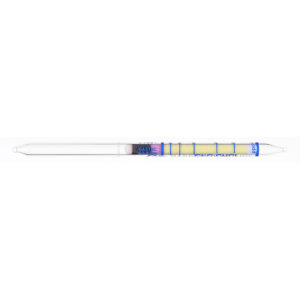
GAS132D Trichloroethylene Passive Dosi-Tube 3 – 300ppm
£41.50ex. VAT£49.80inc. VAT -

GAS132HA Trichloroethylene Gastec Detector Tubes 20 – 1300ppm
£31.95ex. VAT£38.34inc. VAT -
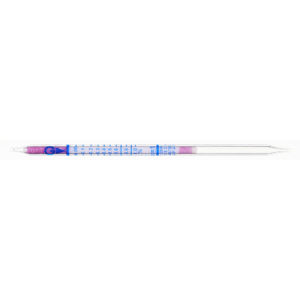
GAS132HH Trichloroethylene Gastec Detector Tubes 0.05 – 2.5%
£31.95ex. VAT£38.34inc. VAT -
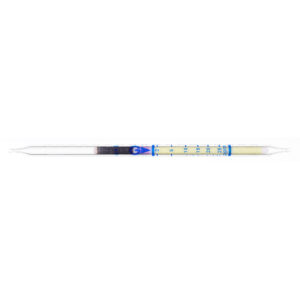
GAS132L Trichloroethylene Gastec Detector Tubes 1 – 70ppm
£31.95ex. VAT£38.34inc. VAT -
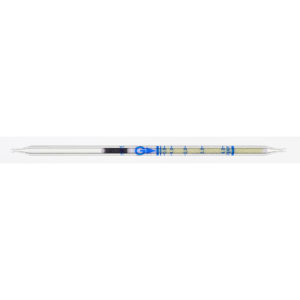
GAS132LL Trichloroethylene Gastec Detector Tubes 0.125 – 8.8ppm
£31.95ex. VAT£38.34inc. VAT -

GAS132M Trichloroethylene Gastec Detector Tubes 2 – 250ppm
£31.95ex. VAT£38.34inc. VAT -

GAS132P Trichloroethylene (Gastec Automatic Air Sampling Pump) 20 – 1200g/m3
£41.50ex. VAT£49.80inc. VAT -
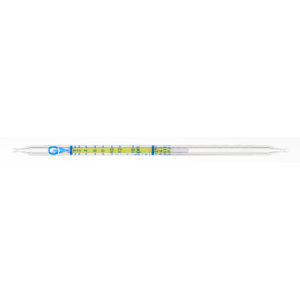
GAS132TP Trichloroethylene (Gastec Automatic Air Sampling Pump) 1-33ppm
£41.50ex. VAT£49.80inc. VAT




